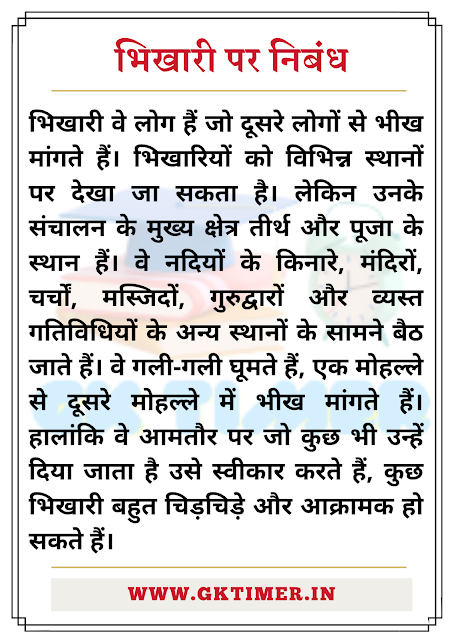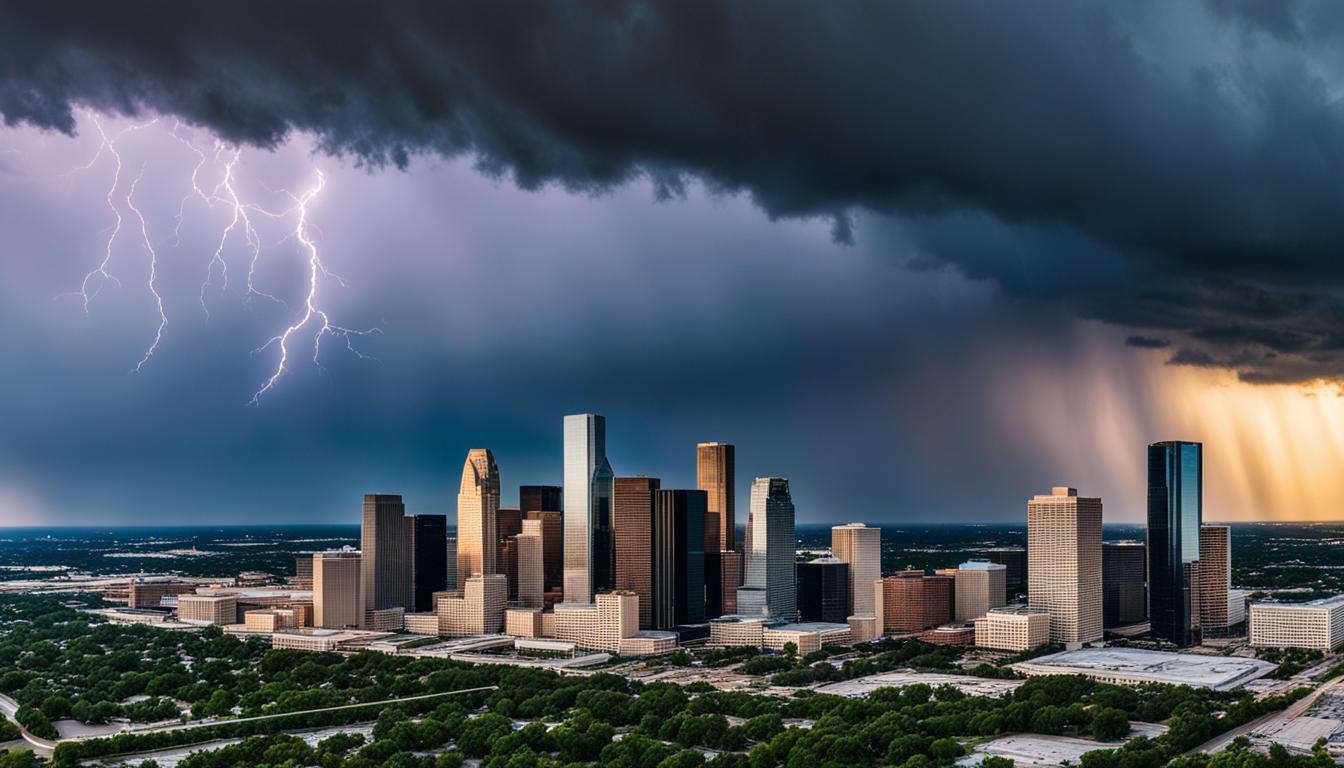Explore the evolution and framing of the Constitution of India with our comprehensive GK questions. Dive into the historical journey of its creation, key figures involved, and pivotal moments that shaped the nation’s foundation. Perfect for students, educators, and history enthusiasts seeking to enhance their knowledge. Start learning about Evolution and Framing of the constitution of India Gk Questions today!
1. A federal structure for India was first put forward by the :
Correct Answer:-C ( Act of 1935 )
Description:- The Government of India Act 1935, the voluminous and final constitutional effort at governing British India, articulated three major goals: establishing a loose federal structure, achieving provincial autonomy, and safeguarding minority interests through separate electorates. The federal provisions, intended to unite princely states and British India at the centre, were not implemented because of ambiguities in safeguarding the existing privileges of princes. In February 1937, however, provincial autonomy became a reality when elections were held.
2. Which of the following exercised the most profound influence in framing the Indian Constitution?
Correct Answer:-D ( The Government of India Act, 1935 )
Description:- The most profound influence was exercised by the Government of India Act of 1935. Such features as the federal scheme, office of governor, power of federal judiciary, emergency powers etc were drawn from this Act. The British practice influenced the lawmaking procedures, rule of law, system of single citizenship, besides, of course, the model of a parliamentary government. The US Constitution inspired details on the independence of judiciary, judicial review, fundamental rights, and the removal of Supreme Court and High Court judges. The Irish Constitution was the source of the Directive Principles, method of Presidential elections, and the nomination of members of Rajya Sabha by the President.
3. How does the Constitution of India describe India as?
Correct Answer:-B ( A Union of States )
Description:- With its adoption, the Union of India officially became the modern and contemporary Republic of India and it replaced the Government of India Act 1935 as the country’s fundamental governing document. The Constitution declares India to be a sovereign, socialist, secular, democratic republic, assuring its citizens of justice, equality, and liberty, and endeavours to promote fraternity among them.
4. The system of judicial review originated in
Correct Answer:-D ( U.S.A. )
Description:- Judicial review is the doctrine under which legislative and executive actions are subject to review (and possible invalidation) by the judiciary. It is an example of the separation of powers in a modern governmental system (where the judiciary is one of three branches of government). Is is one of the main characteristics of government in the Republic of the United States. In the United States, federal and state courts (at all levels, both appellate and trial) are able to review and declare the “constitutionality”, or agreement with the Constitution (or lack there of) of legislation that is relevant to any case properly within their jurisdiction. In American legal language, “judicial review” refers primarily to the adjudication of constitutionality of statutes, especially by the Supreme Court of the United States.
5. Preventive detention means–
Correct Answer:-C ( detention without interrogation )
Description:- Preventive detention is an imprisonment that is putatively justified for non-punitive purposes. In contrast to this, under preventive detention the government can imprison a person for some time without a criminal charge. It means that if the government feels that a person being at liberty can be a threat to the law and order or the unity and integrity of the nation, it can detain or arrest that person to prevent him from doing this possible harm
6. What was the basis for constituting the Constituent Assembly of India ?
Correct Answer:-B ( The Cabinet Mission Plan, 1946 INDIAN POLITY & CONSTITUTION )
Description:- The Constituent Assembly of India was elected to write the Constitution of India. The Constituent Assembly was set up while India was still under British rule, following negotiations between Indian leaders and members of the 1946 Cabinet Mission to India from the United Kingdom. The Assembly members were elected to it indirectly by the members of the individual provincial legislative assemblies, and initially included representatives for those provinces which came to form part of Pakistan, some of which are now within Bangladesh.
7. From the Constitution of which country the provision of Federation was borrowed while framing the Constitution of India ?
Correct Answer:-C ( Canada )
Description:- Though the basic features of Indian Constitution are based on the Government of India Act, 1935, it has many features which were borrowed from many foreign constitutions. It was from the Canadian Constitution that India borrowed a quasi-federal form of government (a federal system with a strong central government) and the idea of Residual Powers.
8. Who among the following was not a member of the Consti-tuent Assembly established in July 1946 ?
Correct Answer:-C ( Mahatma Gandhi )
Description:- The Constituent Assembly of India was elected to write the Constitution of India. Some of its prominent members were Pandit Jawaharlal Nehru, Maulana Abul Kalam Azad, Sardar Vallabhbhai Patel, Acharya J.B. Kriplani, Dr. Rajendra Prasad, Smt. Sarojini Naidu, Shri Hare-Krushna Mahatab, Pandit Govind Ballabh Pant, Dr. B.R. Ambedkar, Shri Sarat Chandra Bose, Shri C. Rajagopalachari and Shri M. Asaf Ali.
9. Who was the Chairman of the Drafting Committee of the Constitution ?
Correct Answer:-D ( B. R. Ambedkar )
Description:- On 29 August, 1947, the Drafting Committee was appointed, with Dr B. R. Ambedkar as the Chairman along with six other members assisted by a constitutional advisor. These members were Kanaiyalal Maneklal Munshi (K M Munshi, Ex- Home Minister, Bombay), Alladi Krishnaswamy Iyer (Ex- Advocate General, Madras State), N Gopalaswami Ayengar (Ex-Prime Minister, J&K and later member of Nehru Cabinet), B L Mitter (Ex-Advocate General, India), Md. Saadullah (Ex- Chief Minister of Assam, Muslim League member) and D P Khaitan (Scion of Khaitan Business family and a renowned lawyer). The constitutional advisor was Sir Benegal Narsing Rau (who became First Indian Judge in International Court of Justice, 1950–54).
10. India is a republic because—
Correct Answer:-C ( the head of the state is elected for a definite period )
Description:- India is a republic because India elects its supreme head. It is called a republic because of the applicable definition of a republic: a form of government in which representatives are entitled to act on behalf of the people whom they represent.
11. Who was the Constitutional Advisor to the Constituent Assembly of India ?
Correct Answer:-C ( Sir B.N. Rao )
Description:- Benegal Narsing Rau was an Indian bureaucrat, jurist, diplomat and statesman known for his key role in drafting the Constitution of India. He was also India’s representative to the United Nations Security Council from 1950 to 1952. B.N. Rau was appointed as the Constitutional Adviser to the Constituent Assembly in formulating the Indian Constitution. He was responsible for the general structure of the its democratic framework of the Constitution and prepared its original draft. The President of the Constituent Assembly Dr. Rajendra Prasad, before signing the Constitution on 26 November, 1949, thanked Rau for having ‘worked honorarily all the time that he was here, assisting the assembly not only with his knowledge and erudition but also enabled the other members to perform their duties with thoroughness and intelligence by supplying them with the material on which they could work.’
12. Which of the following countries has introduced “direct democracy”?
Correct Answer:-D ( Switzerland )
Description:- Direct democracy is a form of democracy in which people vote on policy initiatives directly, as opposed to a representative democracy in which people vote for representatives who then vote on policy initiatives. Many countries that are representative democracies allow for three forms of political action that provide limited direct democracy: referendum (plebiscite), initiative, and recall. Referendums can include the ability to hold a binding vote on whether a given law should be rejected. This effectively grants the populace which holds suffrage a veto on a law adopted by the elected legislature (one nation to use this system is Switzerland).
13. Who was the President of the Republic of India who consistently described Indian Secularism as ‘Sarva Dharma Samabhav’?
Correct Answer:-A ( Dr. S. Radhakrishnan )
Description:- The slogan “Sarva Dharma Sama Bhava” was coined by Mahatma Gandhi in pursuit of his dream of Hindu- Muslim unity. Dr. S. Radhakrishnan was the President of the Republic of India who consistently described Indian Secularism as ‘Sarva Dharma Samabhav’.
14. Which of the following countries have an Unwritten Constitution?
Correct Answer:-B ( U.K. )
Description:- An uncodified or unwritten constitution is a type of constitution where the fundamental rules of government take the form of customs, usage, precedent and a variety of statutes and legal instruments. Current example of such a constitution is United Kingdom of Great Britain and Northern Ireland where there is no defining document that can be termed “the constitution”. Because the political system evolved over time, rather than being changed suddenly in an event such as a revolution, it is continuously being defined by acts of Parliament and decisions of the Law Courts
15. The Constitution of India was adopted on
Correct Answer:-C ( 26 November, 1949 )
Description:- The Constitution was enacted/adopted by the Constituent Assembly on 26 November 1949, and came into effect on 26 January 1950. The date 26 January was chosen to commemorate the Purna Swaraj declaration of independence of 1930. With its adoption, the Union of India officially became the modern and contemporary Republic of India and it replaced the Government of India Act 1935 as the country’s fundamental governing document.
16. Which of the following is a feature to both the Indian Federation and the American Federation ?
Correct Answer:-D ( A Federal Supreme Court to interpret the Constitution )
Description:- According to the Constitution of India, the role of the Supreme Court is that of a federal court and guardian of the Constitution. The Federal Court of India was a judicial body, established in India in 1937 under the provisions of the Government of India Act 1935, with original, appellate and advisory jurisdiction. It functioned until 1950, when the Supreme Court of India was established.
17. The constitution of India describes India as
Correct Answer:-A ( A Union of States )
Description:- Article 1 of the Constitution declares that India, that is Bharat, shall be a Union of States.
18. Who among the following was the President of the Constituent Assembly of India ?
Correct Answer:-A ( Dr. Rajendra Prasad )
Description:- Dr. Rajendra Prasad was elected the President of Constituent Assembly on 11 December, 1946. On January 26, 1950, the Constitution of independent India was ratified and Dr. Rajendra Prasad was elected the nation’s first President. He served as the President of constituent assembly.
19. The convention that “once a speaker always a speaker” is followed in
Correct Answer:-A ( UK )
Description:- The British Speaker is elected at the beginning of the Parliament by and from among the members of the House of Commons. If the Speaker of outgoing Parliament is still a member of the house and is willing to be re-elected, he can do so. usually, he is reelected as many times as he wants. A change of party does not make any difference. He is elected unanimously by the house. So in Great Britain there goes a saying, “Once a speaker always a speaker.”
20. Indian Penal Code came into operation in
Correct Answer:-D ( 1862)
Description:- Indian Penal Code is the main criminal code of India. It is a comprehensive code, intended to cover all substantive aspects of criminal law. It was drafted in 1860 and came into force in colonial India during the British Raj in 1862. It has since been amended several times and is now supplemented by other criminal provisions.
21. How many Articles are there in the Indian Constitution ?
Correct Answer:-A ( 395)
Description:- It is the longest written constitution of any sovereign country in the world, containing 448 articles in 22 parts, 12 schedules and 100 amendments. Although the last article of the Constitution is Article 395, the total number, as of March 2012 is 448. New articles added through amendments have been inserted in the relevant location in the original constitution. In order not to disturb the original numbering, the new articles are inserted with alphanumberic enumerations. For example, Article 21A pertaining to Right to Education was inserted by the 86th Amendment Act.
22. A federal structure for India was first put forward by the
Correct Answer:-D ( Act of 1939 )
Description:- The Government of India Act 1935 provided for the establishment of a “Federation of India”, to be made up of both British India and some or all of the “princely states”. The parts of the Act intended to establish the Federation of India never came into operation, due to opposition from rulers of the princely states. It also provided for the establishment of a Federal Court.
23. When was our National Anthem first sung and where ?
Correct Answer:-D ( 27th December, 1911 in Calcutta )
Description:- Written in highly Sanskritised (Tatsama) Bengali, it is the first of five stanzas of a Brahmo hymn composed and scored by Nobel laureate Rabindranath Tagore. It was first sung in Calcutta Session of the Indian National Congress on 27 December, 1911.
24. The Constitution of India came into force on
Correct Answer:-A ( 26 January, 1950 )
Description:- India is governed in terms of the Constitution of India which was adopted by the Constituent Assembly on 26th November 1949 and came into force on 26th January 1950.
25. The term ‘Caste’ was derived from
Correct Answer:-A ( Portuguese )
Description:- The English word “caste” derives from the Spanish and Portuguese casta, which the Oxford English Dictionary quotes John Minsheu’s Spanish dictionary (1599) to mean, “race, lineage, or breed.” When the Spanish colonized the New World, they used the word to mean a “clan or lineage.” However, it was the Portuguese who employed casta in the primary modern sense when they applied it to the many inmarrying hereditary Hindu social groups they encountered upon their arrival in India in 1498. The use of the spelling “caste,” with this latter meaning, is first attested to in English in 1613.
26. The term “Greater India” denotes
Correct Answer:-B ( Cultural unity )
Description:- Greater India was the historical extent of the culture of India beyond the Indian subcontinent. This particularly concerns the spread of Hinduism in Southeast Asia, introduced by the Indianized kingdoms of the 5th to 15th centuries, but may also refer to the spread of Buddhism from India to Central Asia and China by the Silk Road during the early centuries of the Common Era. To the west, Greater India overlaps with Greater Persia in the Hindu Kush and Pamir mountains. The term is tied to the geographic uncertainties surrounding the “Indies” during the Age of Exploration.
27. The two forms of democracy are
Correct Answer:-A ( Parliamentary and Presidential )
Description:- Parliamentary democracy is a representative democracy where government is appointed by representatives as opposed to a ‘presidential rule’ wherein the President is both head of state and the head of government and is elected by the voters. Under a parliamentary democracy, government is exercised by delegation to an executive ministry and subject to ongoing review, checks and balances by the legislative parliament elected by the people. Presidential Democracy is a system where the public elects the president through free and fair elections. The president serves as both the head of state and head of government controlling most of the executive powers. The president serves for a specific term and cannot exceed that amount of time.
28. The Constitution of India contains
Correct Answer:-B ( 395 Articles )
Description:- Although the last article of the Constitution is Article 395, the total number, as of March 2012 is 448. New articles added through amendments have been inserted in the relevant location in the original constitution. In order not to disturb the original numbering, the new articles are inserted with alphanumberic enume-rations. For example, Article 21A pertaining to Right to Education was inserted by the 86th Amendment Act.
29. Which was described by Dr. B.R. Ambedkar as the ‘heart and soul’ of the Constitution ?
Correct Answer:-C ( Right to Constitutional Remedies )
Description:- Dr. B R Ambedkar, the chairman of the Drafting committee, cal led the fundamental right to constitutional remedies as the heart and soul of the Indian constitution. Right to constitutional remedies empowers the citizens to move a court of law in case of any denial of the fundamental rights. The courts can issue various kinds of writs. These writs are habeas corpus, mandamus, prohibition, quo warranto and certiorari.
30. In India, the concept of single citizenship is adopted from
Correct Answer:-A ( England )
Description:- The Indian Constitution borrowed such features as parliamentary form of government, introduction of Speaker and his role, the concept of single citizenship, the Rule of law, procedure of lawmaking, etc from England. The Indian citizenship and nationality law and the Constitution of India provide single citizenship for all of India.




